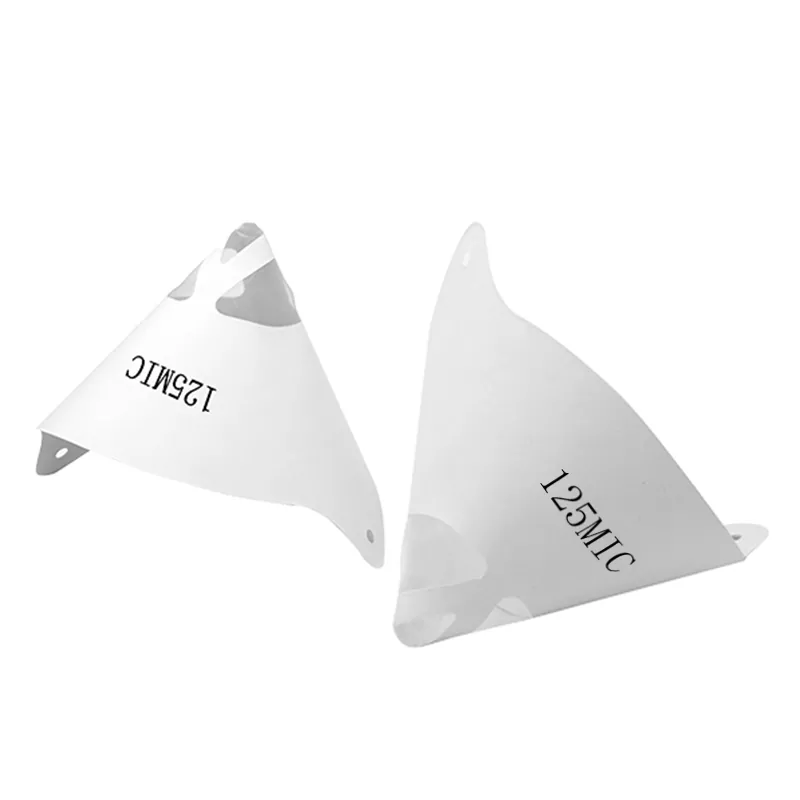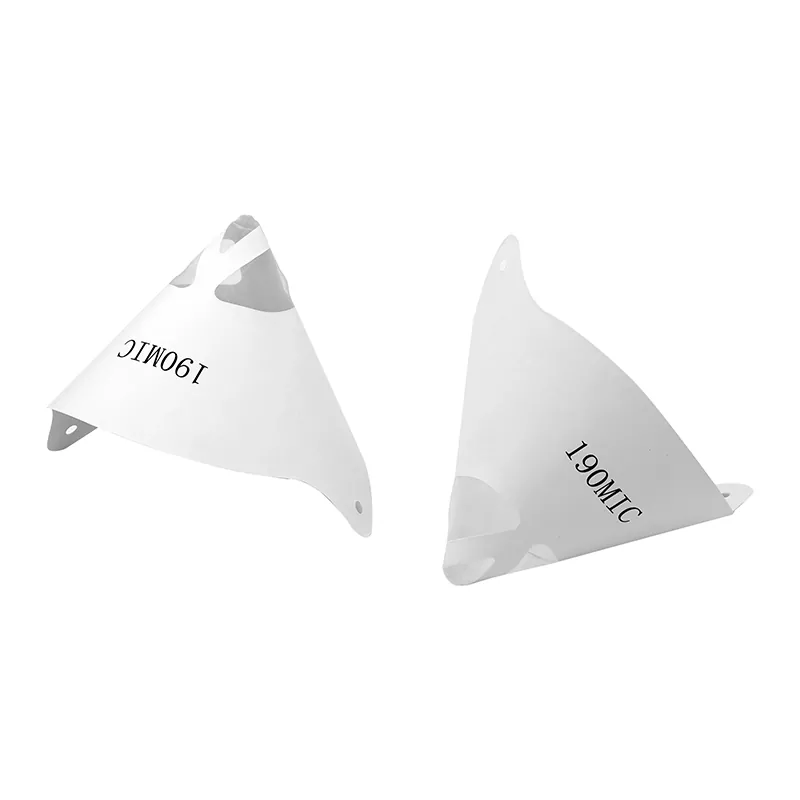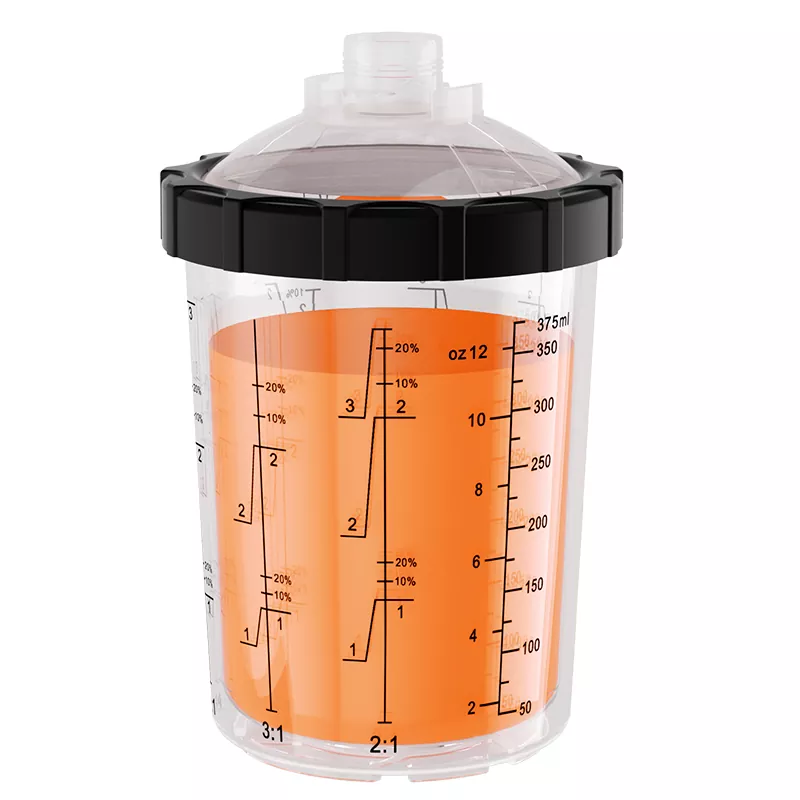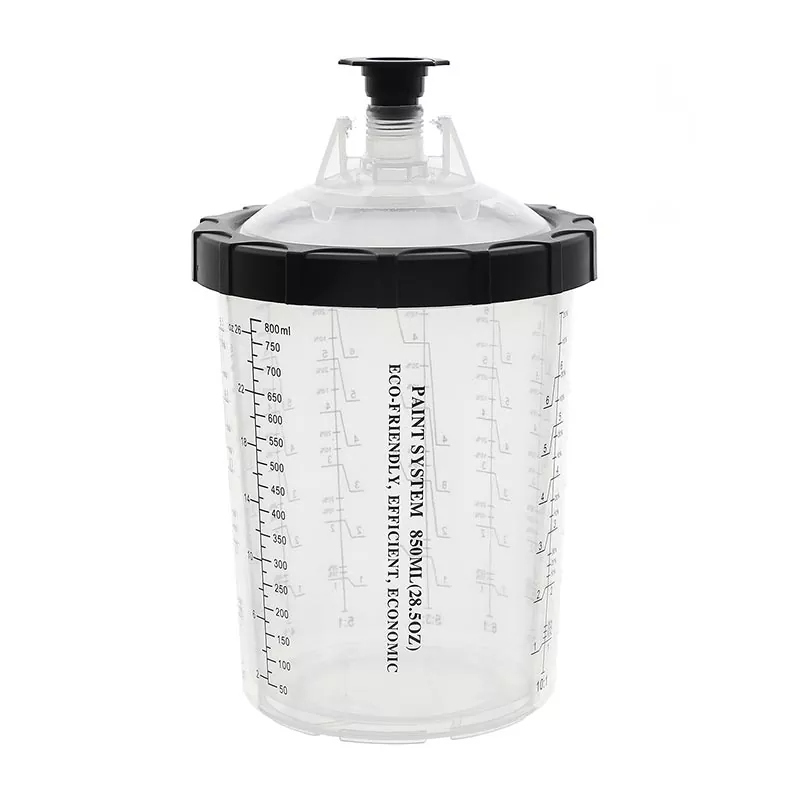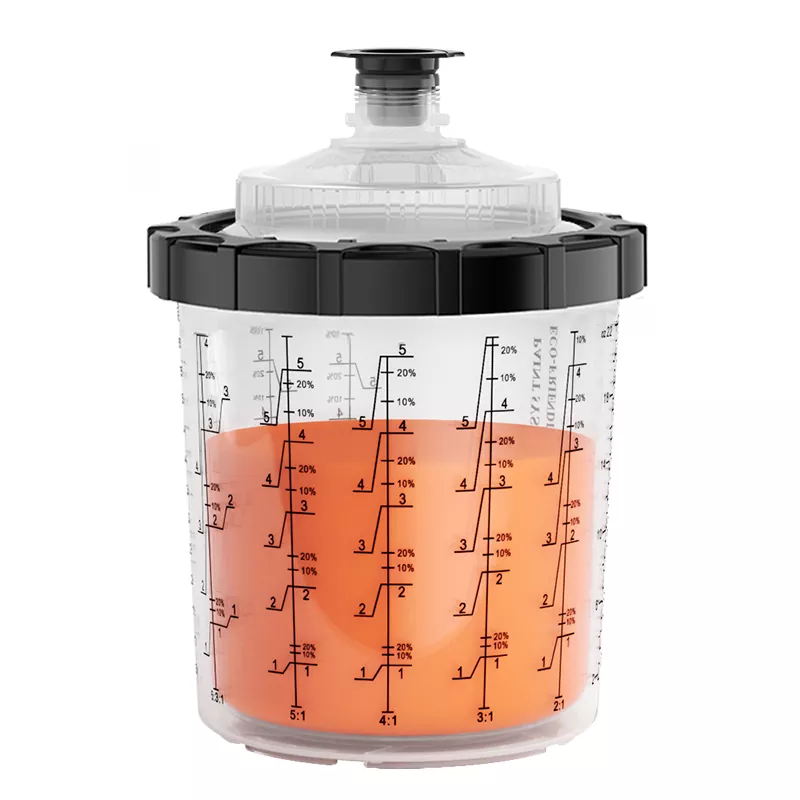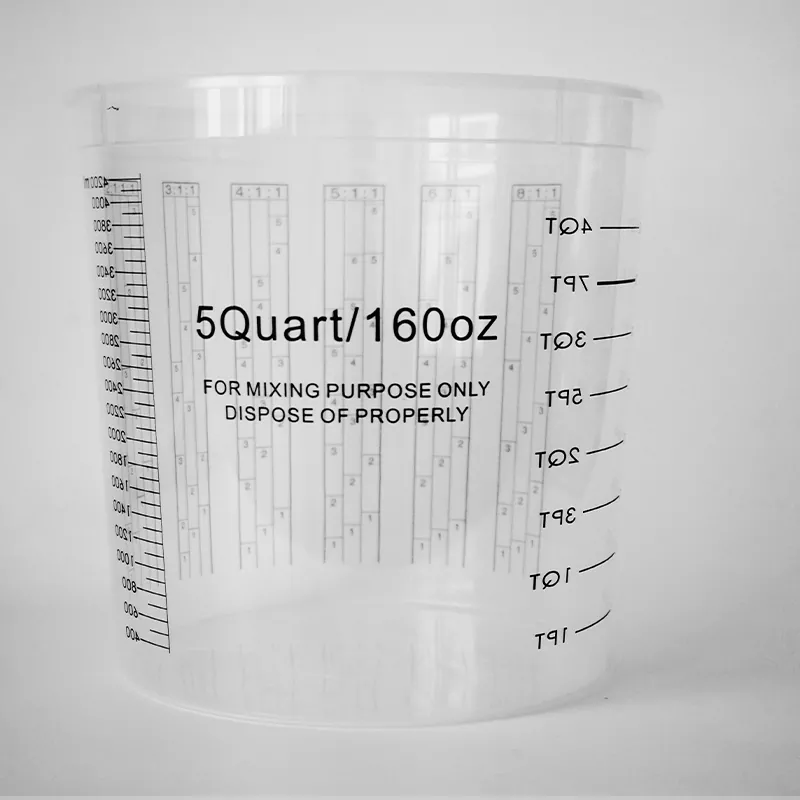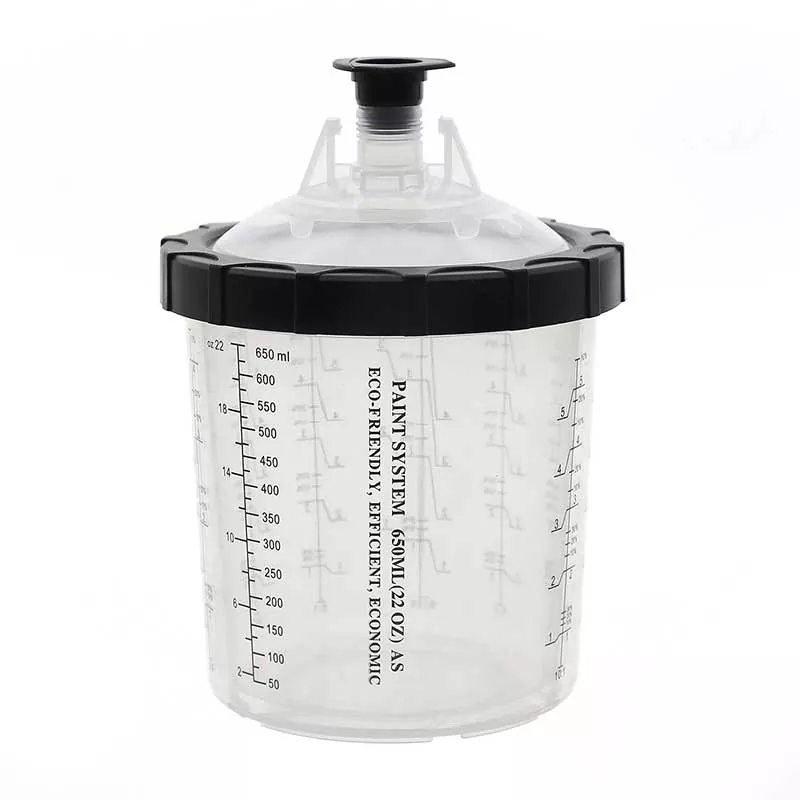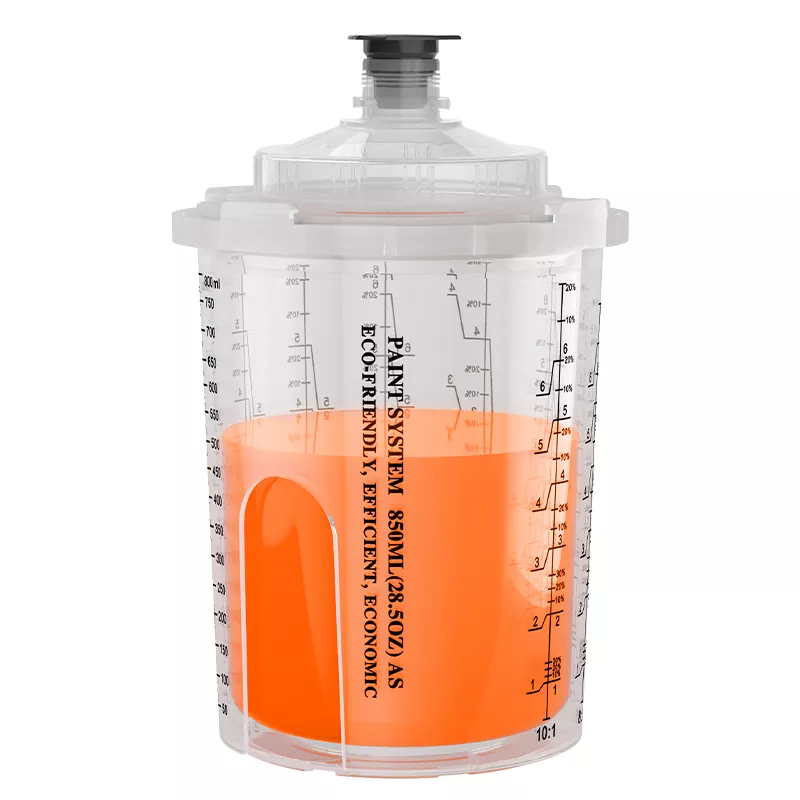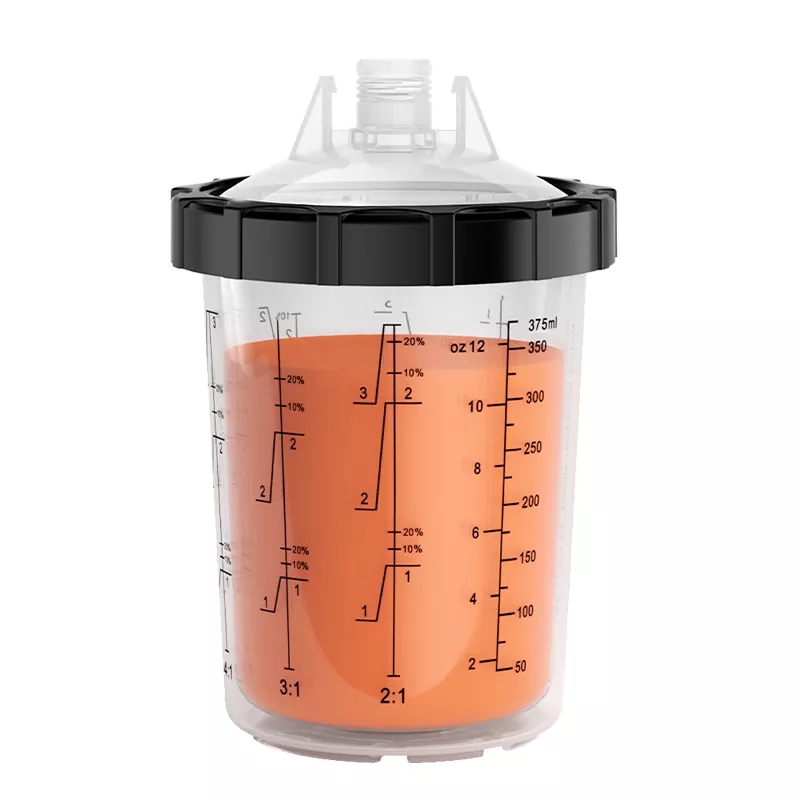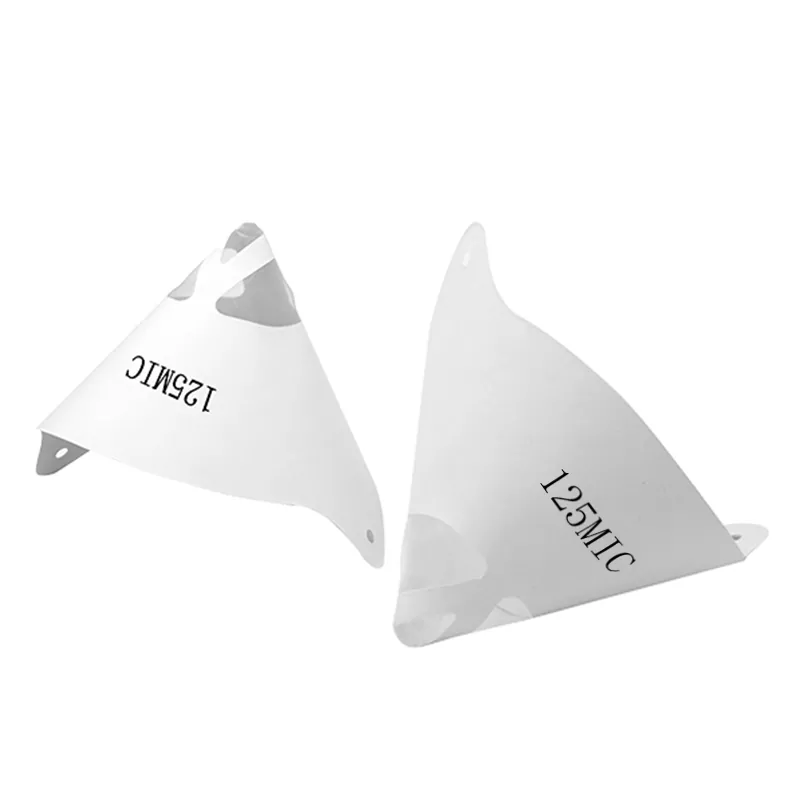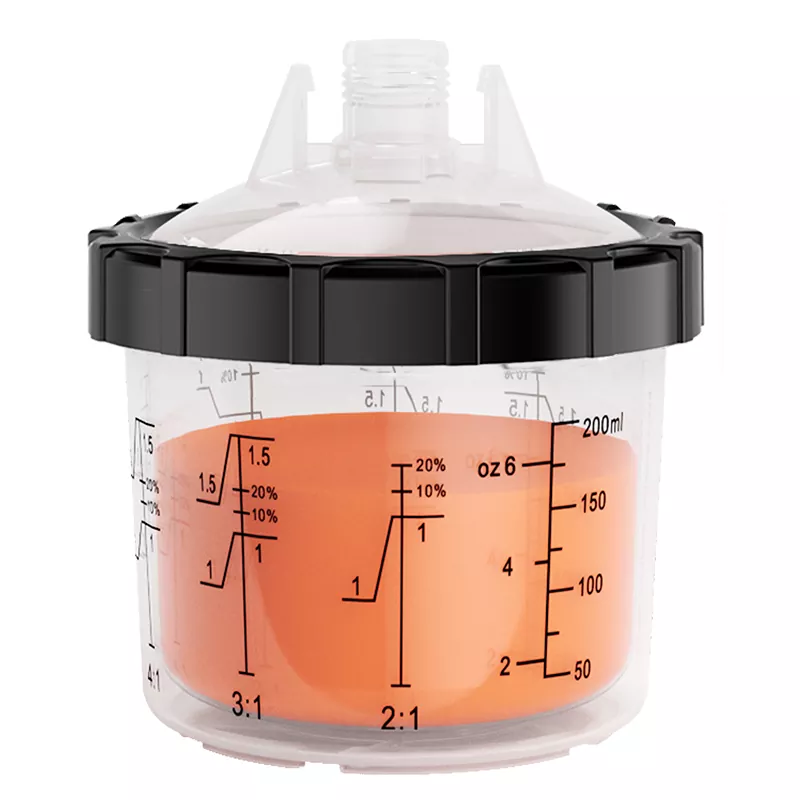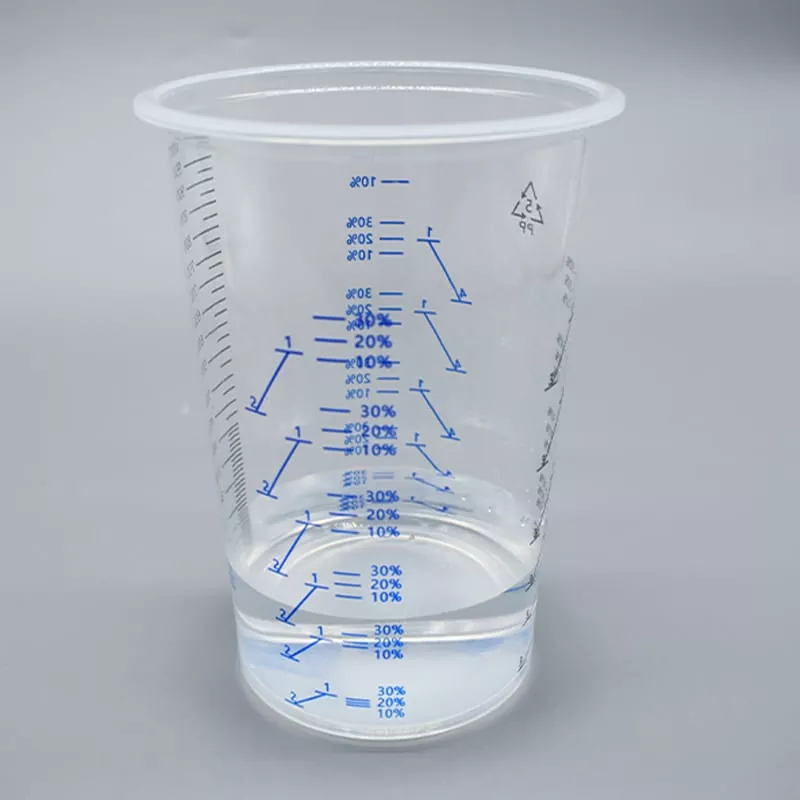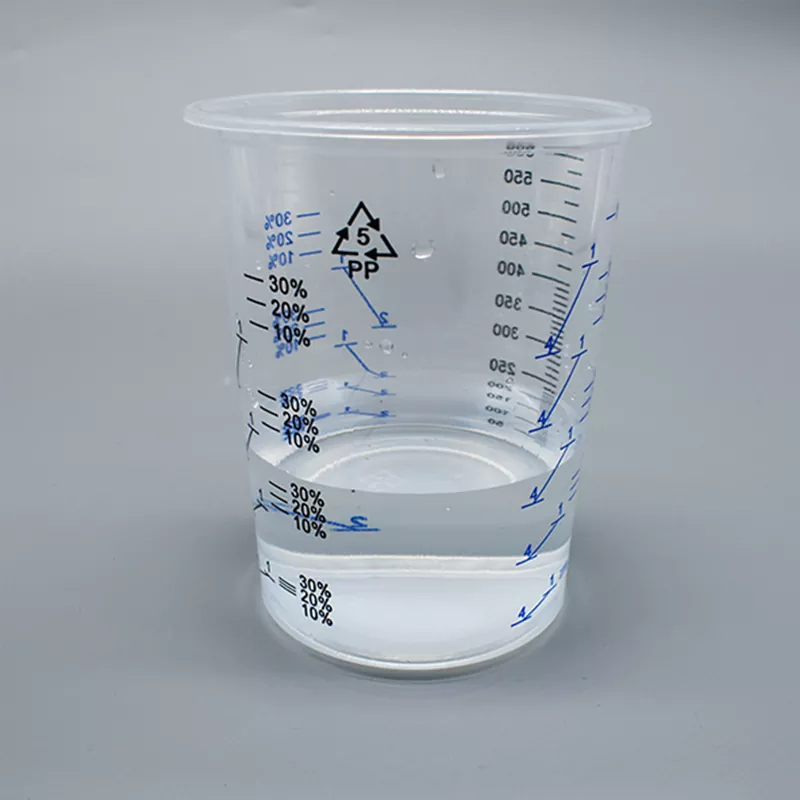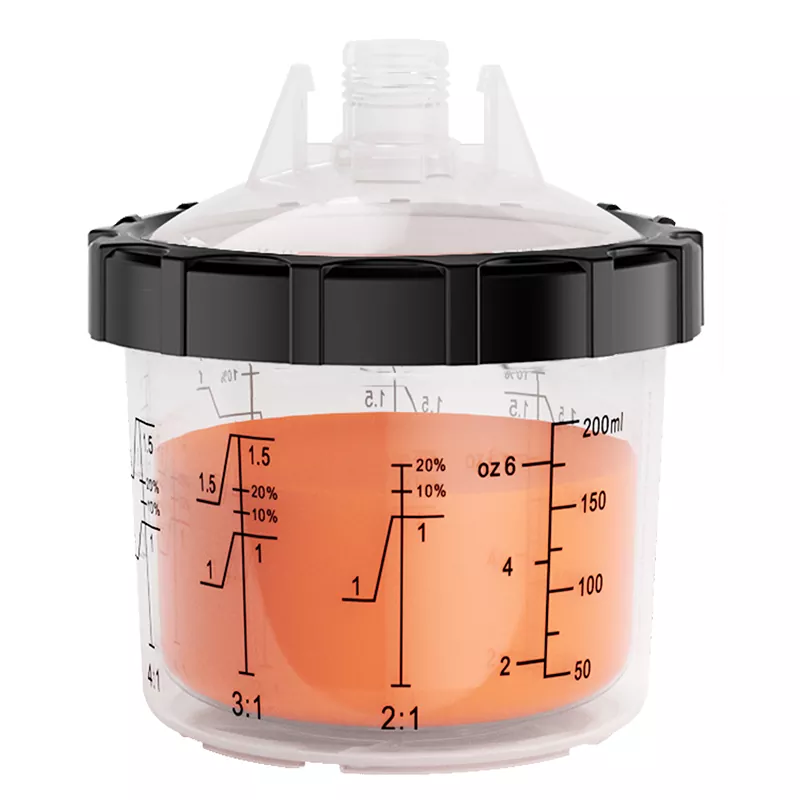Email Us
Why Should You Use a Disposable Paper Paint Strainer
I’ve been in the painting and coatings industry for longer than I care to admit. Over the years, I’ve seen projects go from flawless to flawed because of one often-overlooked culprit: contaminants in the paint. A single speck of dust, a dried skin of paint, or a stray bristle can ruin a smooth finish, leading to frustrating do-overs and wasted money. That’s why I’ve become such a strong advocate for a simple yet revolutionary tool— the Paper Paint Strainer.
For many DIY enthusiasts and even some professionals, straining paint seems like an unnecessary extra step. But let me tell you, it’s the secret weapon that separates an amateur-looking job from a truly professional one. Today, I want to dive deep into why a disposable Paper Paint Strainer should be a non-negotiable part of your process.
What Exactly Is a Paper Paint Strainer and How Does It Solve My Painting Problems
Think of a Paper Paint Strainer as a final quality checkpoint for your paint. It's a cone-shaped filter, typically made from a sturdy, porous paper or blended material, designed to catch any solid impurities before they ever reach your roller, brush, or spray gun.
The problems it solves are numerous
-
It eliminates those tiny, hardened paint skins that form on the can's rim.
-
It traps dust and debris that may have settled during storage.
-
It catches any coagulated pigment, ensuring your color is perfectly consistent.
-
For those working in less-than-sterile environments like garages or workshops, it's an absolute lifesaver.
Using a Paper Paint Strainer is all about achieving a flawless, factory-smooth finish every single time. It’s not just about fixing a problem; it’s about guaranteeing a level of quality you can be proud of.
What Are the Key Specifications I Should Look For in a Quality Paper Paint Strainer
Not all paint strainers are created equal. As a specialist who has tested countless brands, I can tell you that the details matter. When you're evaluating a Paper Paint Strainer, you need to look at its technical parameters. A high-quality product, like the ones we’ve developed at Aspaint, is engineered for performance, not just to be the cheapest option on the shelf.
Let’s break down the core specifications in a clear list
-
Micron Rating: This is the most critical spec. It indicates the size of particles the filter can catch. A lower number means a finer filter.
-
Material Composition: The blend of paper and sometimes synthetic fibers determines both strength and flow rate.
-
Diameter Size: This must match the size of your paint pail or bucket for a secure, hands-free fit.
-
Depth/Volume: A deeper cone allows you to strain more paint at once without overflowing.
-
Reinforced Rim: A sturdy top edge prevents the strainer from collapsing into the pail under the weight of the paint.
To make this even clearer, here is a detailed table of the specifications for our flagship Aspaint Pro-Flow Paper Paint Strainer.
| Specification | Detail | Importance |
|---|---|---|
| Micron Rating | 190 Microns | Ideal balance for trapping contaminants without significantly slowing paint flow. Perfect for latex, acrylic, and oil-based paints. |
| Material Composition | High-Wet-Strength Paper Blend | Resists tearing and disintegration when saturated, ensuring no filter material ends up in your paint. |
| Compatible Diameter | 5-Gallon Bucket & 1-Gallon Pail | The versatile design features a wide mouth that securely fits both standard industrial and smaller pails. |
| Capacity | Holds up to 3.5 Liters | Allows you to strain an entire gallon without needing to stop and empty the strainer. |
| Reinforcement | Double-Wire Reinforced Rim | Provides maximum stability, preventing the strainer from buckling and spilling expensive paint. |
How Does Using an Aspaint Paper Paint Strainer Compare to Not Using One
The difference isn't just visible; it's tangible in the application. Let me paint a picture for you. I was helping a friend with a classic car restoration. The final coat was a deep, metallic blue. We strained every ounce of paint through our Aspaint strainers. The result was a mirror-like finish that was utterly flawless.
Now, contrast that with a story I'd rather forget. Early in my career, I was in a hurry and skipped the straining step on a cabinet project. Halfway through, the spray gun clogged. The finish was peppered with tiny bumps. I had to spend hours sanding it all down and repainting, wasting more time and material than the cost of a whole box of strainers.
The comparison is stark, as this table demonstrates
| Scenario | With an Aspaint Paper Paint Strainer | Without a Paper Paint Strainer |
|---|---|---|
| Finish Quality | Smooth, professional, free of debris and imperfections. | Risky, often flawed with bits, bumps, and streaks. |
| Spray Gun Performance | Uninterrupted flow, no clogged tips, consistent pressure. | High risk of clogging, leading to downtime and cleaning. |
| Paint Consistency | Perfectly mixed and uniform color from start to finish. | Potential for uneven color and texture. |
| Overall Cost & Time | Saves money and time by preventing rework and equipment damage. | High risk of wasted paint, labor, and repair costs. |
Your Top Paper Paint Strainer FAQs Answered
Over the years, I’ve been asked every question under the sun about these handy tools. Here are the three most common questions I get.
Can I reuse a disposable Paper Paint Strainer
I strongly advise against it. The Paper Paint Strainer is designed as a single-use product. Once it has done its job, the paper fibers are saturated with paint and trapped contaminants. Trying to clean and reuse it will compromise its structural integrity, leading to potential tears, and you risk re-introducing the very impurities you filtered out. For the sake of a perfect finish, always use a fresh one.
Is the Aspaint Paper Paint Strainer compatible with all paint types
Yes, our Aspaint Pro-Flow strainer is engineered to work brilliantly with a wide range of coatings. This includes all water-based paints like latex and acrylics, as well as oil-based paints, lacquers, and even stains and varnishes. The high-wet-strength paper blend is resistant to the chemicals found in these common products, ensuring it won't break down during use.
How do I use one properly without making a mess
It’s simpler than you think. First, ensure your mixing pail or bucket is clean and dry. Take the Aspaint Paper Paint Strainer and open it fully. Place it securely over the rim of your pail, using the reinforced wire edge to hold it in place. Then, simply pour your mixed paint directly into the cone. The paint will filter through into the pail below, leaving all the grit and lumps behind. Fold the used strainer and dispose of it responsibly.
Are You Ready to Achieve a Flawless Finish on Your Next Project
After two decades in this business, I don't give advice lightly. Recommending the Aspaint Paper Paint Strainer is a no-brainer for me. It’s a small, inexpensive investment that pays massive dividends in the quality of your work, the efficiency of your process, and the ultimate protection of your valuable painting equipment. Stop gambling with your finish and start guaranteeing it.
Stop letting unseen contaminants ruin your hard work. Embrace the professional's secret and experience the Aspaint difference for yourself.
Our team at Aspaint is here to help you achieve perfection. If you have any specific questions about your project or our products, please don't hesitate to contact us today.
- How Can a Reusable Paint Mixing Stick Truly Save You Money
- Fill it, lock it, spray it——It's done!
- How to Make Paint Stay on a Plastic Cup?
- Color Changes Can Be Completed In Just Five Seconds - The Innovative Disposable Spray Gun Cup Improves Spraying Efficiency
- What Is The Thread Size Of A Standard Air Spray Gun Adapter
- Dramatically reduce cleaning time and double spray efficiency: How does a disposable paint cup system put an end to wasted work hours?
Contact Us
Building 3, Excellence West Coast Financial Plaza, Huangdao District, Qingdao, Shandong, China
Copyright © 2025 Qingdao Aspaint Technology Co., Ltd. All Rights Reserved.


